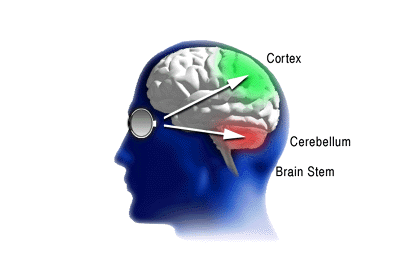LUTHER 1527 Consubstantiality


LUTHER 1527
Thank you, good gentlemen! I did not know that in articles of faith it was entirely unnecessary to inquire into God’s Word, but only to open our physical eyes and judge according to them, by the standards of reason, what is to be believed. Now I understand what is meant by “faith is the conviction of things not seen” [Heb. 11:1]. In the new interpretation of these spirits it means: “Faith must believe no more and no farther than one’s eyes and fingers point out to him and the reason can measure. Now anyone who asks too many questions becomes unwelcome, but I must ask some more, that I may become still more clever.
Consubstantiality
In his argument for the consubstantiality of the Son, Athanasius, in his four orations against the Arians, besides adducing the proof from Scripture, which presides over and permeates all other arguments, sets out now in a practical method from the idea of redemption, now in a speculative, from the idea of God.
Christ has delivered us from the curse and power of sin, reconciled us with God, and made us partakers of the eternal, divine life; therefore he must himself be God. Or, negatively: If Christ were a creature, he could not redeem other creatures from sin and death. It is assumed that redemption is as much and as strictly a divine work, as creation.
HISTORY OF THE CHRISTIAN CHURCH Schaff Volume 3 NICENE AND POST-NICENE CHRISTIANTY A.D. 311-600
(Page 660)

0 Comments:
Post a Comment
<< Home